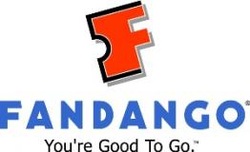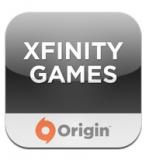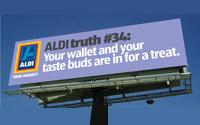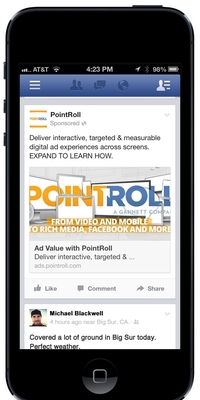
As LinkedIn evolves from a job networking site into a professional publishing platform, it wants to expand its ad base as well beyond the B2B category. To that end, the company is touting research indicating the site’s audience is a natural fit for auto advertisers.
In the last few months, LinkedIn says it has added brands such as Nissan and Mercedes to a roster of auto advertisers that already includes Volkswagen and Jaguar. What’s attracting them? LinkedIn says its members are twice as likely to be in-market car buyers, with 35% planning to buy in the next 12 months compared to 15% for the general population.
They are also more likely to be high-end buyers, with 42% of LinkedIn members spending more than $30,000 on their last vehicle. That all goes back to the demographic profile for LinkedIn users, who are twice as likely to have a household income over $100,000 and to have a college degree. They are also more likely to seek out auto information online.
LinkedIn also makes the case that car purchases are tied to “professional events” such as a change of jobs, promotion or graduation that align with the site’s user base. According to its June survey of 1,005 LinkedIn members, 31% of in-market buyers’ purchases were triggered by such events.
Furthermore, more than a third (34%) of in-market buyers said their impressions of an auto brand were positively impacted by content shared on LinkedIn. Considering that LinkedIn conducted the survey itself, the results should be taken with a grain of salt.
A LinkedIn spokesman adds that the company has dozens of auto advertisers and that automotive is now its third-largest advertising category.
The company, which reported $85.6 million in advertising revenue in the second quarter, doesn't break out ad spending by category, but said auto has been growing steadily. In a separate report released Tuesday, eMarketer estimated that LinkedIn’s overall revenue this year would rise almost 47% to $376 million, in part from higher ad sales.
But it also points to comScore data showing that time spent on the site has been flat in the last year, “an indication that LinkedIn’s new content offerings have not yet led to increased usage.” The study notes that LinkedIn is popular among marketers, especially B2B companies, and the percentage of technology advertisers (in North America) using LinkedIn had doubled between 2010 and 2012.
The eMarketer report didn’t refer specifically to auto advertising on LinkedIn, but it did quote Volkswagen executive Raashee Gupta, saying the company has done “a good job when it comes to display and targeting, but video is an opportunity that would be nice for them to offer.”







 RSS Feed
RSS Feed